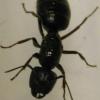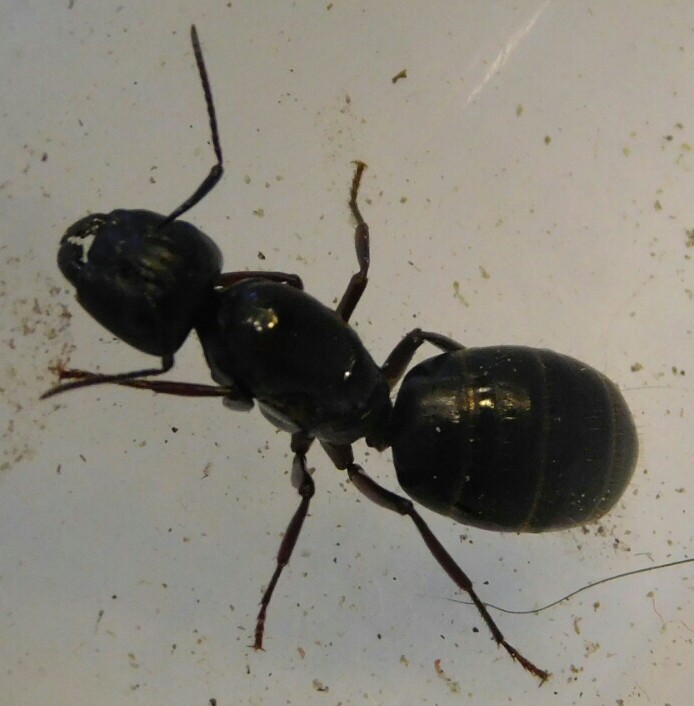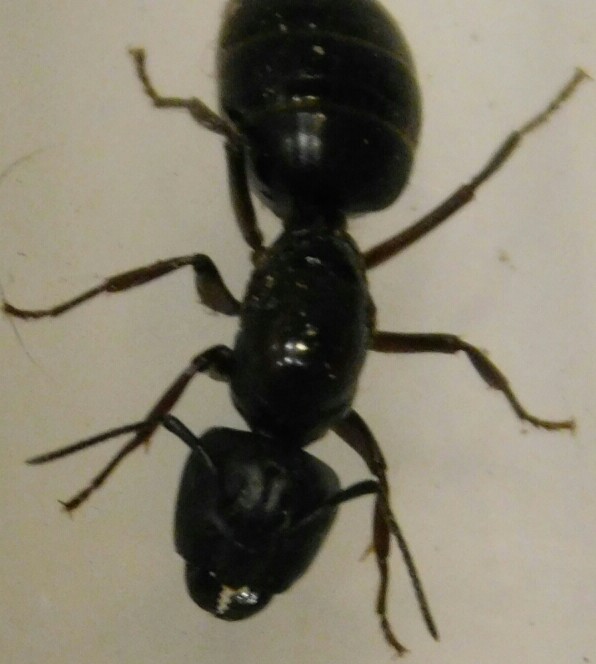Hi, I found this queen (Or what I think to be a queen) in Colorado, United States, and i'm looking for some identification. She is about 3/4 of an inch long. Also if you identify her could you also tell me how to take care of her (like if i'm supposed to do a test tube setup or not). Tell me if you need any more photos for identification. Thanks in advance ![]()
- Formiculture.com
- Forums
- Gallery
- Members
- Member Map
- Chat























